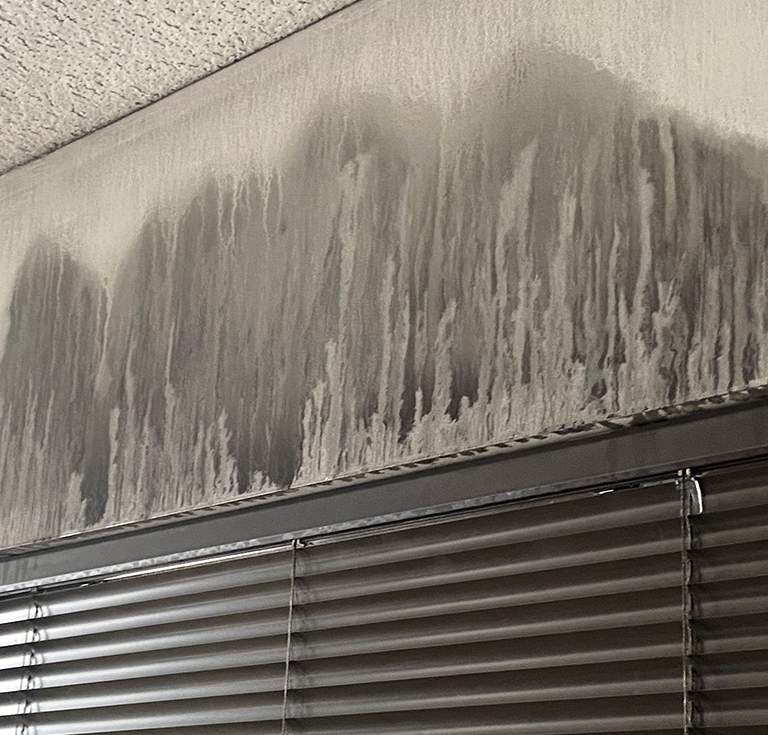Fires are more common than one might assume.
In 2019, a home fire was reported every 93 seconds in the United States. *iii.org with electrical failings, heating devices, and cigarettes as some of the leading causes. Not only are they one of the most dangerous property loss occurrences, but they often result in insurance claims requiring extensive restoration work.
There are many facets to fire restoration and smoke removal that require professional assessment and planned project execution. From trapped odors to damaged structural materials, a common theme to all fires is the varying degrees of smoke and heat damages.
Smoke odors are classified into three different residues categories.
- Natural residues: Natural leftover residues are remnants that have natural origins. In this instance, materials like natural wood and paper will result in a finer soot residue and will feel “dry” and powdery to the touch. These usually are accompanied by a less pungent smoke smell and usually easier to deodorize than the other two residue categories.
- Protein residue: This residue can often be identified by a greasy soot film leftover in the aftermath. This can be heavy on odor and sticks to most surfaces within your home. Protein residues most often occur from cooking fires where things like chicken, beef, and fish are the main component.
- Synthetic residues: Origins of synthetic residues are those items that imitate a natural product through chemical synthesis. Plastics, carpets, and other textiles fit into this category and are the cause of thick, heavy black smoke. Once burned, web-like strands of the materials can be found along with ceilings and corners of the home, mimicking the look of spider webs.
Another factor needing to be taken into consideration is the heat levels of the fire. Some fires are hotter than others, depending on causation and what materials were in the pathway as the fire burned. The heat generated by fire opens up pores of the affected materials in its vicinity, from the structural materials to the personal belongings, causing smoke residues to be impeded in them once the structure cools down through mitigation efforts.
With each fire having unique residue and heat levels, it’s important to approach each fire with a specific cleaning protocol to restore both structure and personal contents to their pre-loss condition. Fire restoration with smoke removal, contents cleaning, and deodorization can successful when the right approach is taken and a skilled team is put to work, getting you back safely into your home as quickly as possible.
Need fire and smoke removal? Dynamic Restoration is here to help clean and restore residential and commercial properties, along with their contents, when affected by a fire loss. Give us a call at 303-699-7112 to schedule your free inspection or for immediate 24/7 emergency service.

